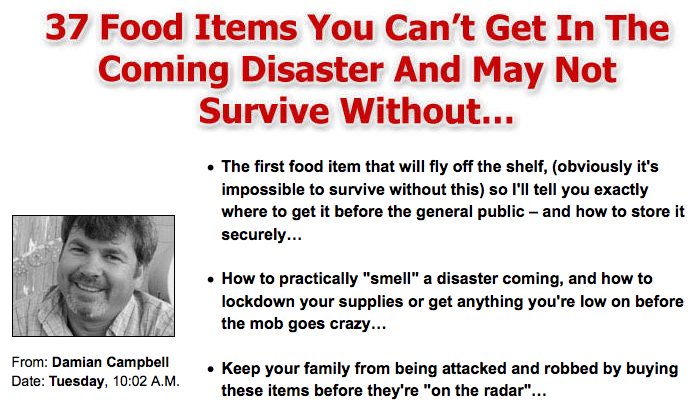The lack of sanitation following major disasters can quickly escalate and create secondary problems in a post SHTF situation. If the water lines are damaged, or if damage is suspected, do not use the water. Having an alternative to indoor bathing would be advisable if you believe there are questionable water sources.
Sanitation-Related Diseases are Common Following Disasters
Keep in mind that poor sanitation conditions is one of the most likely ways a person could die following a SHTF event. As well, a woman’s personal hygiene and ensuring children are clean is essential in making sure sanitation-related illnesses do not occur. Contaminated water, poor sanitation and/or lack of hygiene leads to diseases such as hepatitis A, viral gastroenteritis, cholera, shigellosis, typhoid, diphtheria and polio. If these diseases affect enough of the population, an epidemic will ensue. Taking proper precautions and stocking up on sanitary items will help eliminate most issues regarding poor sanitation.
- Soap/shampoo
- Antibacterial lotion
- Bleach
- Sanitary napkins
- Disposable bucket or luggable loo
- Toilet paper
- Rubber gloves
- Garbage bags with twist ties ( for liners of toilets or luggable loo)
- Bathroom cleaner
- Cat litter or absorbent material such as saw dust or dirt
- Baby wipes
- Baking soda can be used to help eliminate odors
- Vinegar
- Shovel
It is important to continue regular hygiene habits during an emergency. Habits such as brushing your teeth, washing your face, combing your hair and even washing your body with a wet washcloth. This will help prevent the spread of disease and irritation, as well as help to relieve the stress brought on by the disaster.
In a pinch, water can be heated outside using a solar visor for a vehicle. Use filtered potable water or fresh rainwater during times of emergencies. To prevent sanitation-related diseases, do not use standing water.
Heating Water Outdoors
The following video, shows how easy it is to construct a solar heating element for water. This method can also be used during times of drought in order to cut back on water usage.
Other sanitation considerations to consider in an extended emergency are outlined in week 26 of the 52 weeks to preparedness series. For a longer-term showering solution, check out this video on how to create an outdoor gravity-fed shower using a 5-gallon bucket.





